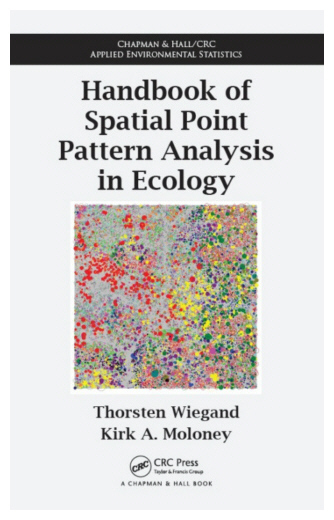| |
|
|
|
|

Understand How to Analyze and
Interpret Information in Ecological Point Patterns
Although a broad array of
statistical methods for analyzing spatial point patterns have been available for
several decades, they havenít been extensively applied in an ecological context.
Addressing this gap, Handbook of Spatial Point Pattern Analysis in Ecology shows
how the techniques of point pattern analysis are useful for tackling ecological
problems. Within an ecological framework, the book guides readers through a
variety of methods for different data types and aids in the interpretation of
the results obtained by point pattern analysis.
Ideal for empirical
ecologists who want to avoid advanced theoretical literature, the book covers
statistical techniques for analyzing and interpreting the information contained
in ecological patterns. It presents methods used to extract information hidden
in spatial point pattern data that may point to the underlying processes. The
authors focus on point processes and null models that have proven their
immediate utility for broad ecological applications, such as cluster processes.
Along with the techniques, the handbook provides a comprehensive selection
of real-world examples. Most of the examples are analyzed using Programita, a
continuously updated software package based on the authorsí many years of
teaching and collaborative research in ecological point pattern analysis.
Programita is tailored to meet the needs of real-world applications in ecology.
The software and a manual are available online.
Features
-
Focuses on the
application of spatial point pattern analysis in an ecological context
Helps ecologists unfamiliar with advanced statistics select the proper
analysis method
-
Emphasizes the
formulation of appropriate null models and point processes for
describing the features of point patterns and testing ecological
hypotheses of spatial dependence
-
Provides the
Programita software package on the first authorís website, enabling
readers to perform analyses with their own point pattern data
-
Includes a collection
of real-world examples
-
Offers suggestions on
how to use the book for teaching graduate students
|
|
|
|

|
|
|

